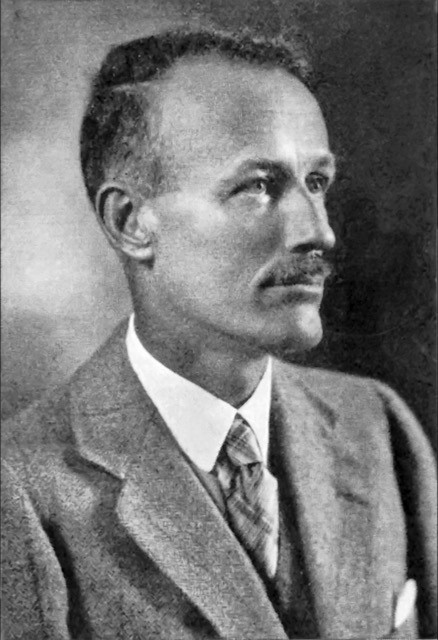中国体育彩票 the Department
From 1840 to about 1865, "elementary geology" was one of the eleven subjects taught by Mr. H. McLachlan at Stellenbosch school. As part of the course on agriculture at the Victoria College (1887 – 1918), geology was taught by Prof. Albrecht Fischer (from Stuttgart), and later by the famous botanist Dr Rudolf Marloth. The formal establishment of a separate geology department took place on 1st July 1895, with the appointment of Dr Berthault van der Riet, first as lecturer and one year later as Professor of Geology and Mineralogy at Victoria College. When the 中国体育彩票 proper was founded in 1918, geology was already well established at Stellenbosch.
| ?Prof. van der Riet served for eight years as head of the Geology Department (1895 – 1903) and, from then until his retirement in 1940, he was attached to the Department of Chemistry. He was succeeded by Dr Robert Broom, a Scottish medical doctor who later became famous as a palaeontologist. The person who contributed most to the reputation of the Department in those early days was Prof. Samuel J. Shand, between 1911 and 1937. He also hailed from Scotland and attained worldwide recognition for his research on South African igneous rocks. From Stellenbosch he moved to the U.S.A. where he became Professor at Columbia 中国体育彩票 in New York state. Shand is commonly regarded as the real founder of the Geology Department, and was one of the founding fathers of the 中国体育彩票 itself. His pronouncements, in a public lecture of 1916, on what constitutes a 中国体育彩票 are still quoted today: "A university is not a lecture theatre, or a library, or a laboratory; it is not a building or a place at all; its essence is a frame of mind." |
|
The period of 1937 to 1966 is known, in the history of the Department, as the era of Scholtz and Taljaard. As head of the department, Prof. D. L. Scholtz attached great importance to research by post-graduate students. He saw to it that most MSc and DSc (later PhD) theses were published in the Annals of the 中国体育彩票. By this means the Department achieved a head start in research. Scholtz's personality was very well matched with that of Taljaard who, with his eloquent delivery and intimate knowledge of South African geomorphology, inspired many students to continue their studies of geology.
The sixties was a period of phenomenal advancement, commonly designated as "the revolution in Earth science." Scholtz was succeeded by S. Maske and Taljaard by A. P. G. S?hnge. Until he retired in 1978, Prof. S?hnge placed emphasis on the investigation of ore deposits and mining geology. Other staff who exerted their efforts and influence to keep the department in the forefront of teaching and research in South Africa were A. E. Schoch, P. Prins, I. C. Rust, W. J. Verwoerd, I. W. H?lbich, D. H. Cornell, R. Scheepers, J. P. le Roux, D. Hallbauer and A. Rozendaal. In 1995 a younger generation, under Prof. A. Rozendaal, took the reins.





